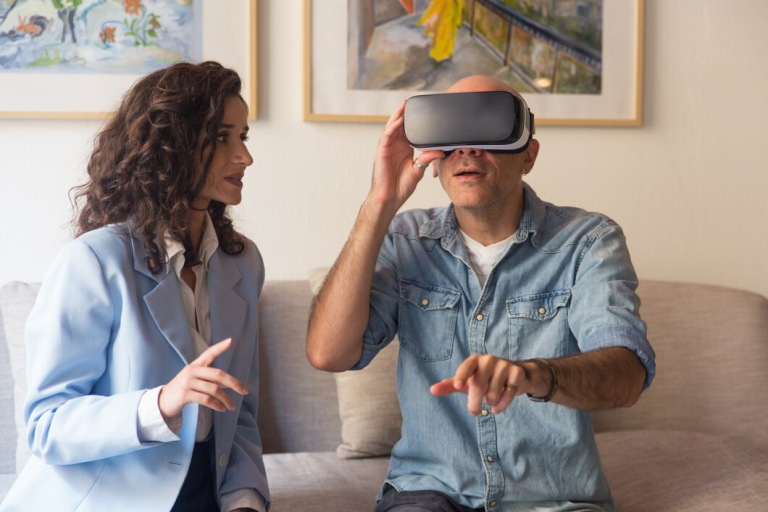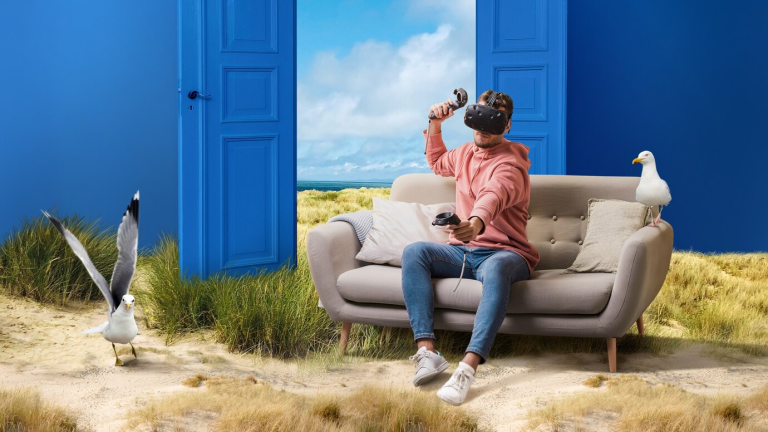In the ever-evolving world of architectural design, the advent of 4D Virtual Reality (VR) technology marks a transformative era. At VRchitects, we are at the forefront of integrating this revolutionary tool, pushing the boundaries of architectural visualization and design.
The Role of 4D VR in Architectural Visualization
4D VR isn’t just about seeing a space; it’s about experiencing it in a dynamic and immersive way. This technology allows architects, clients, and stakeholders to virtually inhabit a space, understanding its nuances in real-time and making informed decisions.
Why 4D VR Matters:
- Realistic Experiences: It offers a life-like representation of how a space will look, feel, and function.
- Time-Saving: Reduces the need for multiple physical prototypes and revisions.
- Enhanced Collaboration: Facilitates better communication and collaboration between designers, clients, and builders.
Pioneering Projects at VRchitects
At VRchitects, we have embraced 4D VR technology in several groundbreaking projects, setting new standards in architectural visualization.
Notable Implementations:
- Residential Developments: Allowing homeowners to tour and customize their future homes virtually.
- Commercial Spaces: Helping businesses to visualize and plan their retail or office spaces.
- Urban Planning: Offering a comprehensive view of large-scale developments and their impact on surroundings.
Overcoming Challenges with 4D VR
While 4D VR is revolutionizing the industry, it also presents unique challenges, which we at VRchitects are adept at navigating.
Navigating Challenges:
- Technological Adaptation: Ensuring seamless integration of VR technology with existing design tools.
- User Experience: Developing intuitive interfaces that are accessible to all users, regardless of their tech-savviness.
- Data Management: Handling the large data requirements of 4D VR applications efficiently.
The Future of Architectural Visualization with VRchitects
The future of architectural visualization is incredibly promising, with 4D VR playing a pivotal role. At VRchitects, we are continuously exploring innovative ways to enhance and expand our VR capabilities.
Looking Ahead:
- AI Integration: Combining AI with VR for smarter, more adaptive design simulations.
- Sustainability Modeling: Using VR to model and analyze the environmental impact of designs.
- Global Collaboration: Facilitating international collaborations in real-time through virtual environments.
Conclusion
4D VR technology is not just a tool; it’s a game-changer in the field of architectural design and visualization. At VRchitects, our commitment to embracing and advancing this technology is unwavering. We are excited about the endless possibilities it opens up for the future of architectural design and the immersive experiences it offers our clients.






